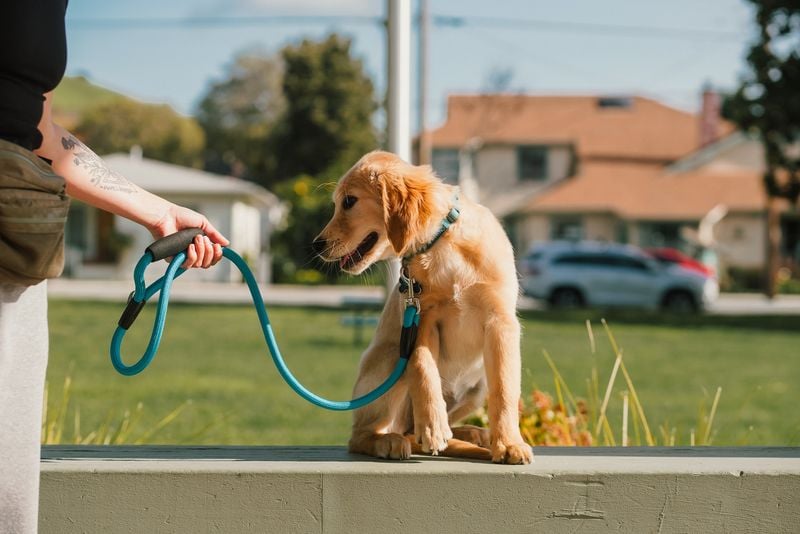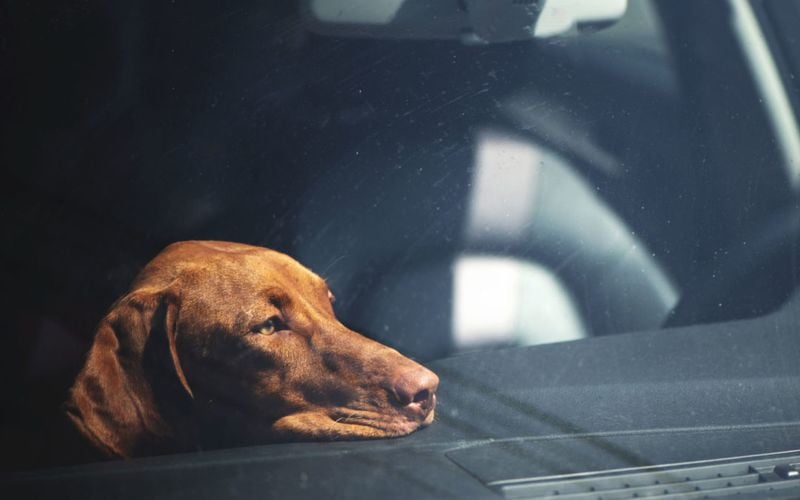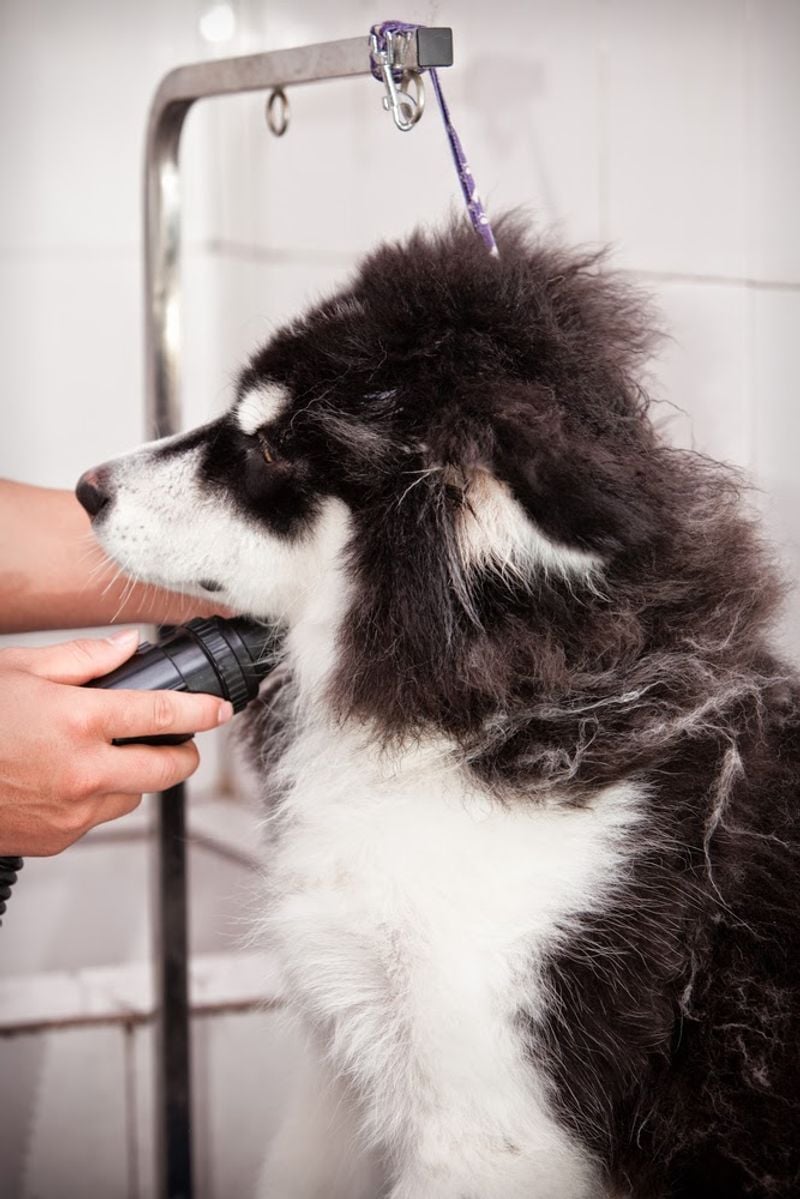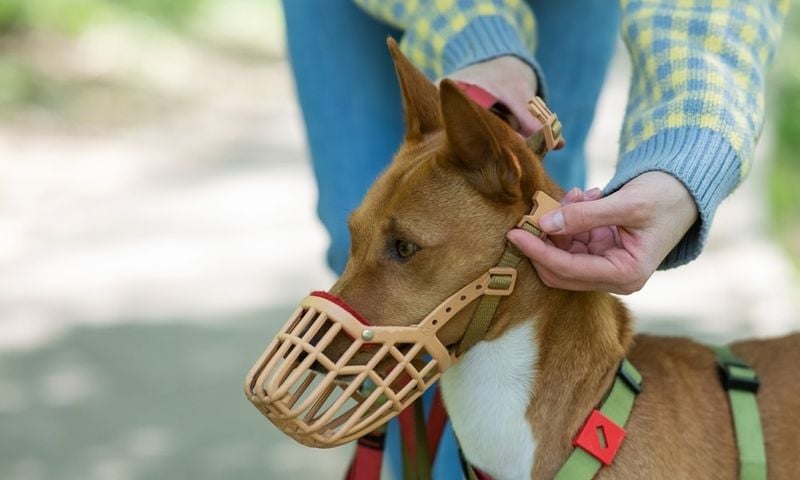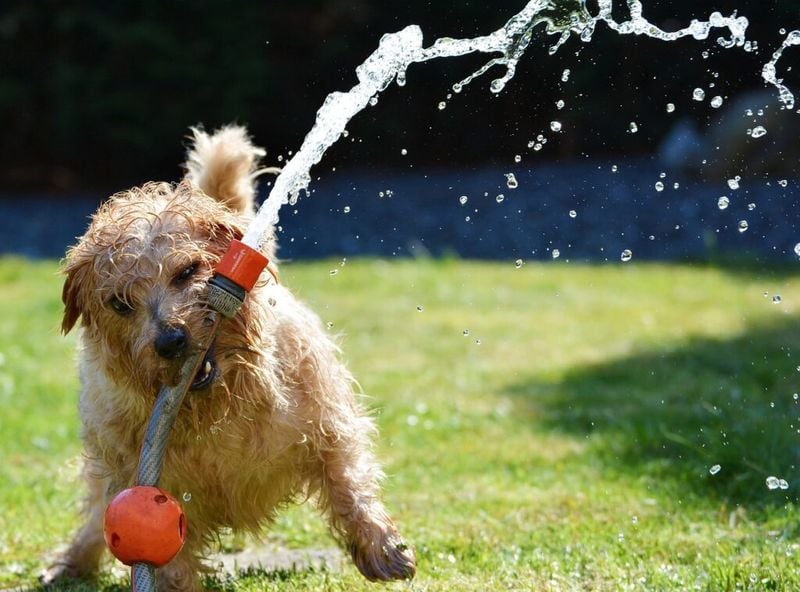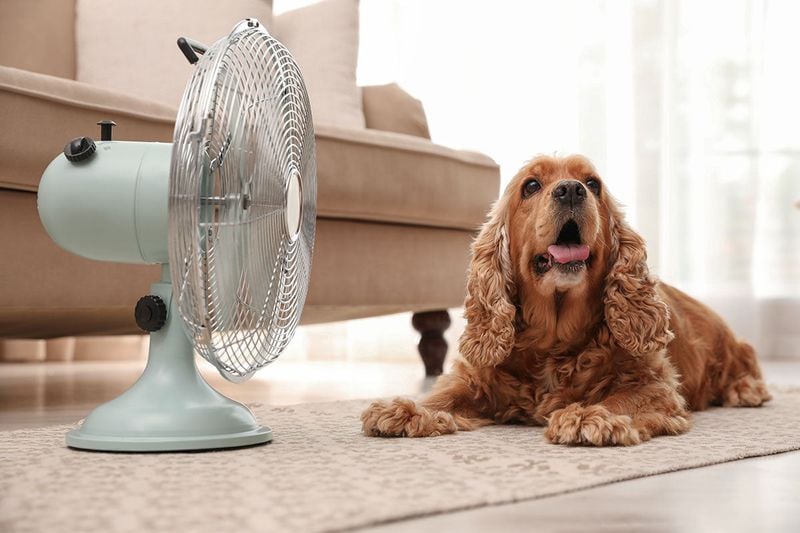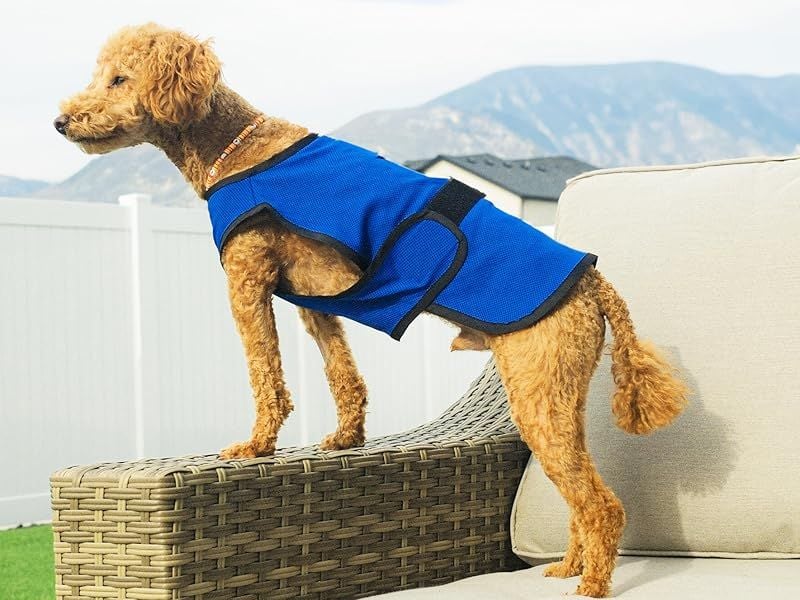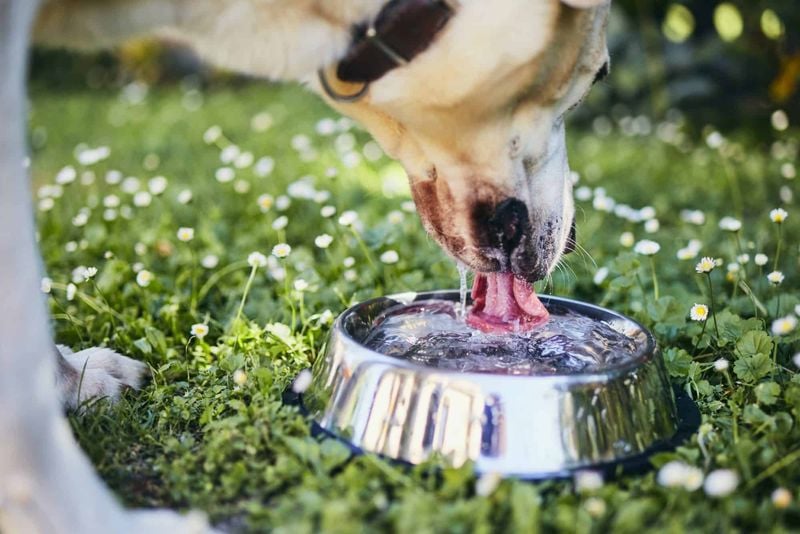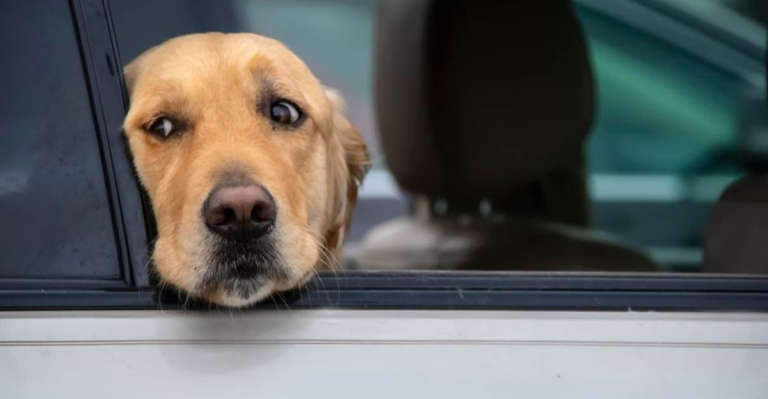8 Summer Dog Hacks That Backfire (And What to Do Instead)
Summer brings fun outdoor adventures with our furry friends, but some popular dog care shortcuts can actually harm your pet. Many well-meaning owners try hacks they’ve seen online that end up creating bigger problems.
When temperatures rise, our dogs need special attention to stay safe and comfortable. Let’s look at eight common summer dog hacks that often backfire and learn better alternatives to keep your pup happy and healthy.
1. Midday Dog Walks Lead to Heatstroke
Your pup’s paws can burn on hot pavement in just 60 seconds! Walking dogs during peak heat (10am-4pm) puts them at serious risk for heatstroke and painful paw pad burns.
Dogs can’t sweat like humans, making them much more vulnerable to heat. Instead, schedule walks during early morning or evening hours when temperatures are cooler.
Test the pavement with your hand – if you can’t hold it there for 7 seconds, it’s too hot for paws. Consider protective booties for necessary daytime outings, and always bring water.
2. Quick Car Errands Turn Deadly
“I’ll just be five minutes” becomes a deadly gamble for dogs left in cars. Even with windows cracked, vehicle temperatures can soar 20 degrees in just 10 minutes.
On a 70-degree day, your car’s interior can reach 90 degrees rapidly – on an 85-degree day, it can hit a fatal 120 degrees. The safe alternative? Leave your dog at home in air-conditioning.
For road trips, never leave your pet unattended. If you must travel with your dog during summer, plan stops at pet-friendly locations where they can join you.
3. Shaving Double-Coated Breeds Damages Protection
That heavy fur coat on your Husky or Golden Retriever might seem like torture during summer heat. Many owners shave these dogs thinking they’re doing them a favor, but this actually removes their natural cooling system.
Double-coated breeds have special fur that insulates against both cold AND heat. Shaving damages this coat, exposes sensitive skin to sunburn, and can permanently alter how the fur grows back.
Better options include regular brushing to remove loose undercoat, cooling mats, and indoor time during peak heat. Let their natural coat do its evolutionary job!
4. Restrictive Muzzles Prevent Critical Cooling
Dogs cool themselves primarily through panting, not sweating. Using tight muzzles that prevent your dog from opening their mouth fully blocks their main cooling mechanism.
This dangerous practice can quickly lead to overheating, especially in brachycephalic (flat-faced) breeds like Bulldogs. If behavioral concerns require a muzzle, choose basket-style designs that allow full panting and drinking.
For short-term control, consider head halters instead. Better yet, work with a professional trainer to address the underlying behavior issues.
5. Marathon Play Sessions Cause Heat Exhaustion
Your energetic pup might seem eager for that long game of fetch, but dogs often won’t stop playing even when overheating.
Vigorous exercise in summer heat quickly raises their core temperature to dangerous levels, especially for brachycephalic breeds, seniors, and puppies. Replace marathon sessions with shorter, gentler activities during cooler hours.
Try mental stimulation like puzzle toys or indoor scent games as alternatives. Always watch for signs of heat stress: excessive panting, drooling, bright red gums, or unsteadiness.
6. Fans Alone Won’t Cool Your Canine
Setting up a fan for your dog seems helpful, but fans cool humans through evaporating sweat – something dogs can’t do except through their paw pads.
For most dogs, fans simply move hot air around without significantly lowering body temperature. More effective cooling methods include providing plenty of fresh water, cooling mats or vests (kept wet), and access to tile floors or shaded areas.
Adding ice cubes to water bowls creates enrichment while helping maintain hydration. Air conditioning remains the most reliable way to keep indoor temperatures safe during extreme heat waves.
7. Dry Cooling Vests Become Heat Traps
Cooling vests and bandanas work through evaporation – when they dry out, they stop cooling. Many owners mistakenly leave these items on their dogs for hours without re-wetting them, creating an insulating layer that actually traps heat against the dog’s body.
For cooling gear to work effectively, re-wet it every 30-60 minutes. Remove wet gear once it starts drying to prevent hot spots and skin irritation. Monitor your dog closely when using any cooling product.
Remember that these products supplement but don’t replace proper shade, water, and limiting heat exposure.
8. Full Water Bowls Hide Dehydration Risks
Seeing a full water bowl doesn’t guarantee your dog is drinking enough. Dogs need significantly more water during hot weather – up to three times their normal intake.
Dehydration can occur even with water available if they’re not drinking adequately. Track actual consumption by marking water levels or using measured containers. Add flavor enhancers like low-sodium broth (cooled) to encourage drinking. Provide multiple water stations throughout your home and yard.
Watch for dehydration signs: sunken eyes, dry gums, skin tenting (stays up when pinched), lethargy, or concentrated urine. These require immediate veterinary attention.

